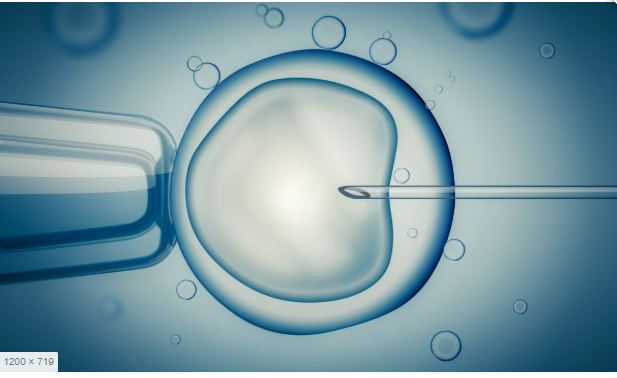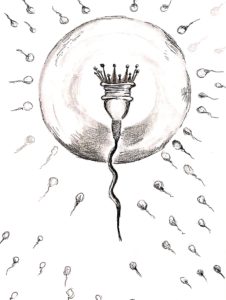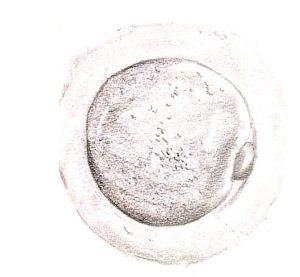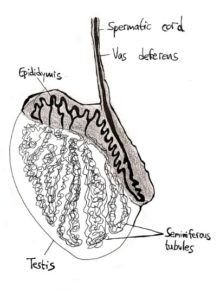When selecting sperm for the purpose of fertility treatments, it is always preferable to use sperm with high motility. In some cases, however, especially after surgical sperm extraction, and rarely in fresh sperm samples, it is impossible to identify motile sperm cells. It is highly likely that the sperm cells that are non-motile are dead, but that is not necessarily the case. Therefore, in order to effectively make the most of the sperm sample, state-of-the-art treatments have been developed that will allow the identification of live sperm cells that are immotile. Three of these methods, the HOST test, use of pentoxifylline, and use of a laser beam will be described.
HOST Test
The HOST (Hypo Osmotic Swelling Test) is based on the principle of osmosis, which is the diffusion of water through a semipermeable membrane from a region of low solute concentration to a region of high solute concentration until an equilibrium is achieved. Living sperm cells, whose cell membranes are normal, will respond to being placed in an aqueous solution by slight swelling and twisting the tail. In this way, the sperm cells that responded to the process can be isolated and used in fertility treatment.
Use of Pentoxifylline
Pentoxifylline is a chemical found to have an effect on sperm cells’ motility. Incubating a sperm sample from which motile sperm cells are being searched causes the live cells within the sample start moving. At this stage, it is possible to isolate motile sperm cells for use in fertility treatment. In a comparative study looking at sperm derived from testicular surgery in men with non-obstructive azoospermia, it was found that treatment with pentoxyphylline was more effective than using the HOST test, when comparing fertilization rates and pregnancy rates.
Use of a laser beam
Studies have found that using a laser beam directly on sperm cells (whether in a fresh sperm sample or testicular sperm retrieved during surgery) is effective at recouping non-motile living sperm cells. A single pulse, targeted to the tip of the sperm tail, will cause only sperm cells that are alive to react with a twitch of the tail. In this way, the cells that are alive can be isolated and used in fertility treatment. The advantages of this method are the simplicity of the test, its short duration, and the fact that it can be done without the use of chemicals. In addition, studies have found that this method is as effective as other methods, once the sperm sample is thawed following freezing.




